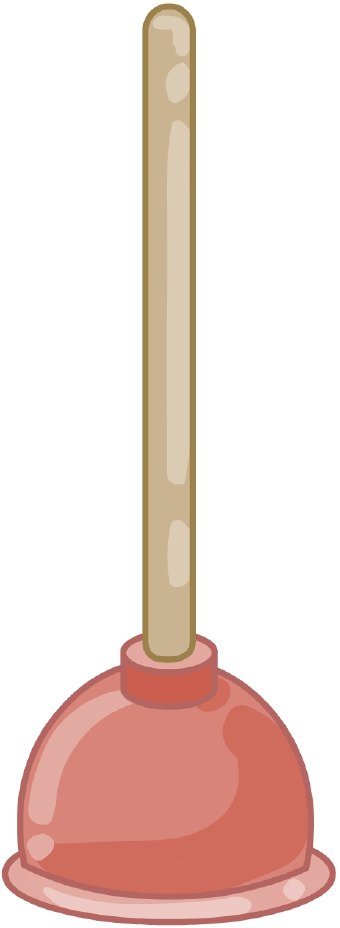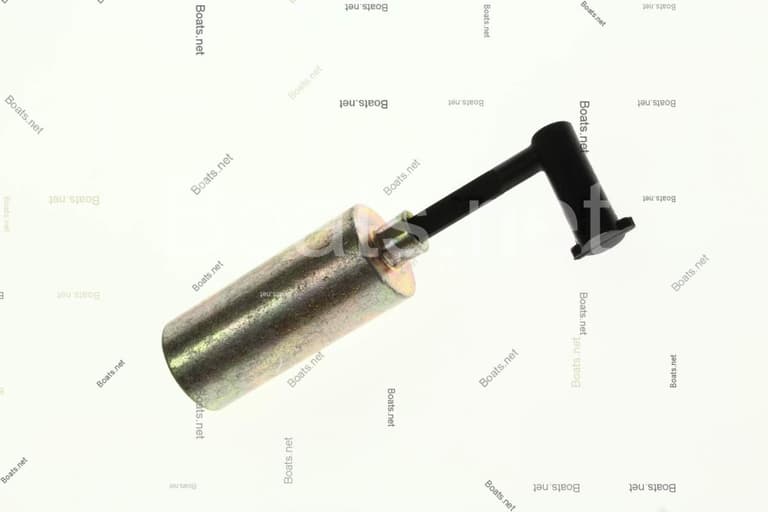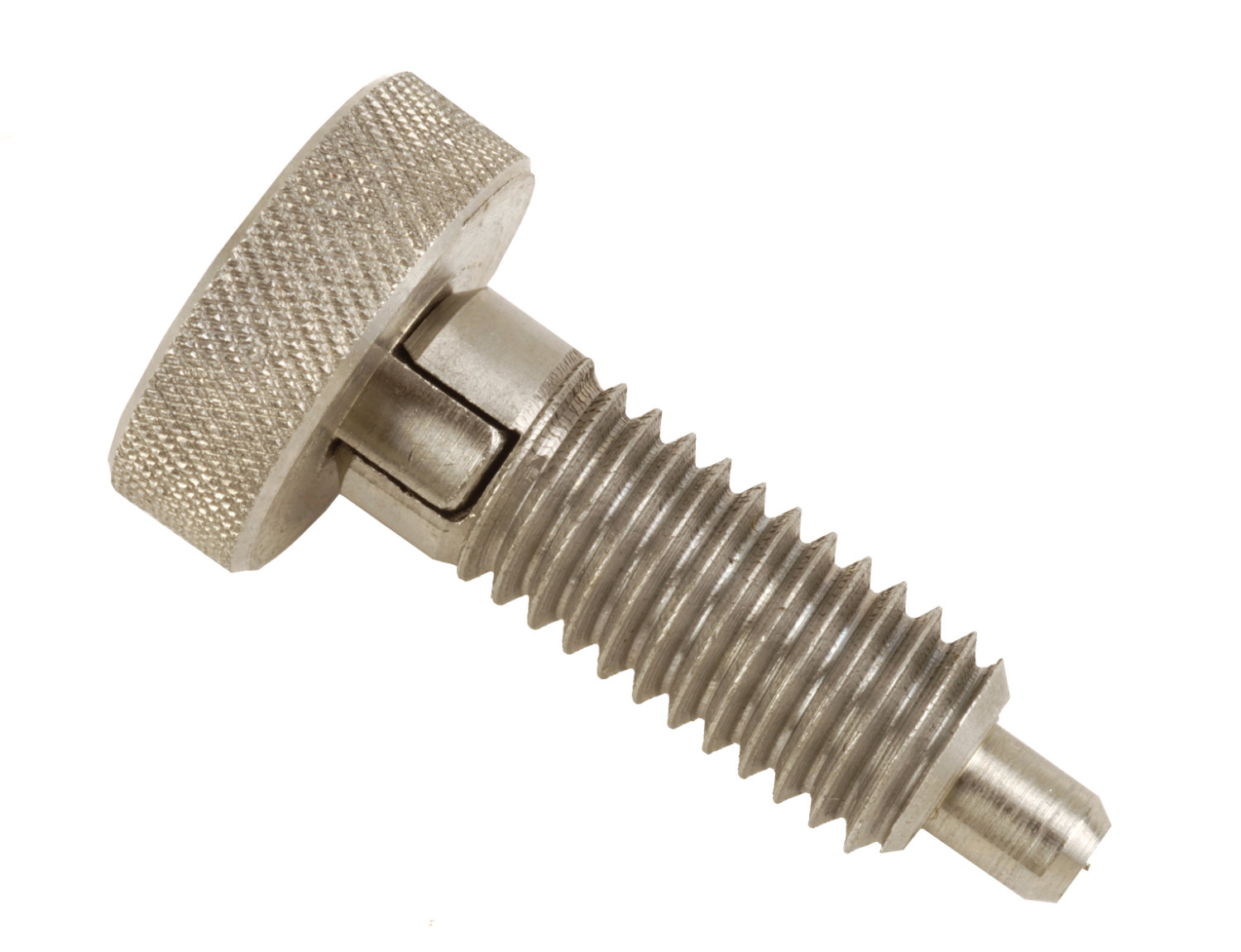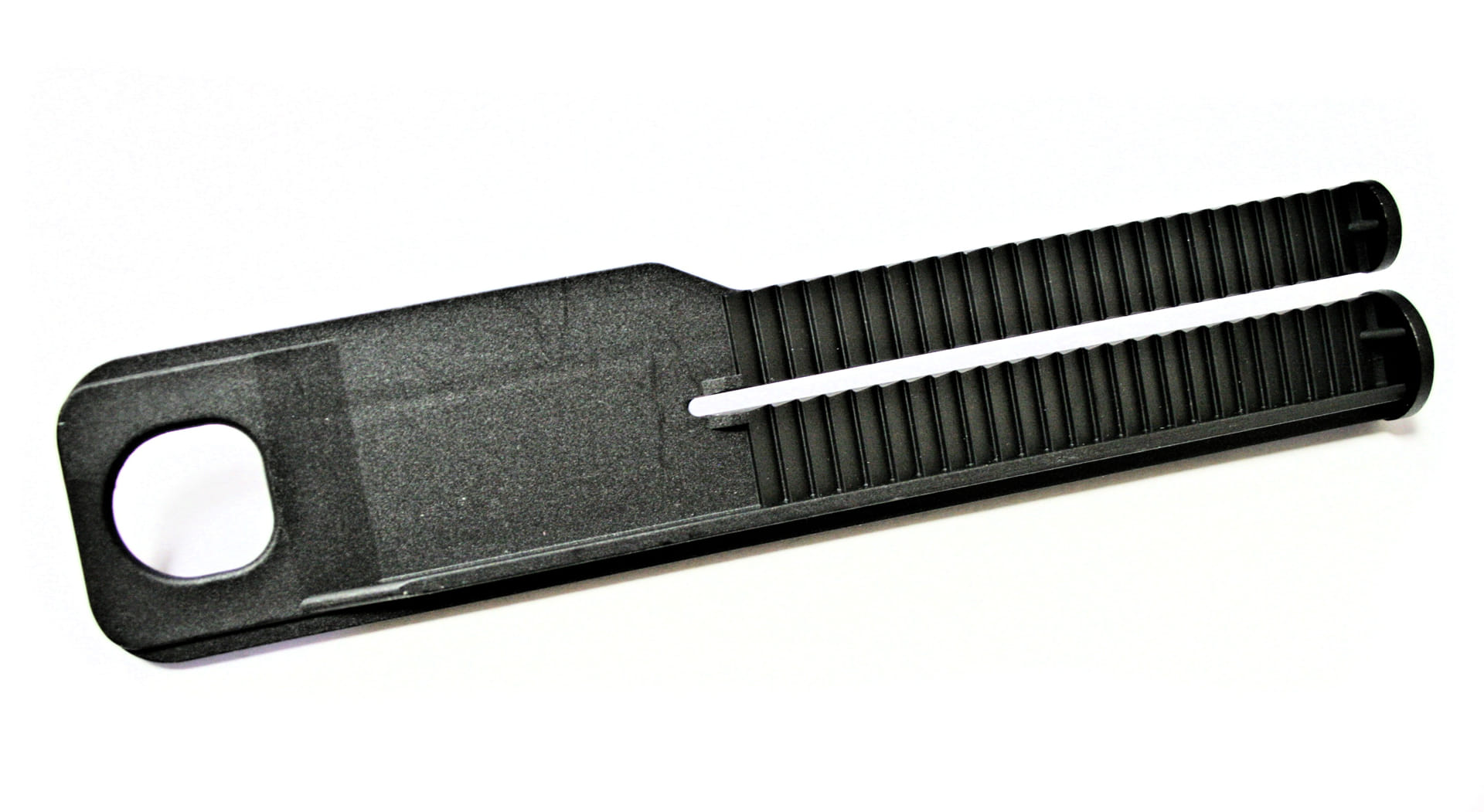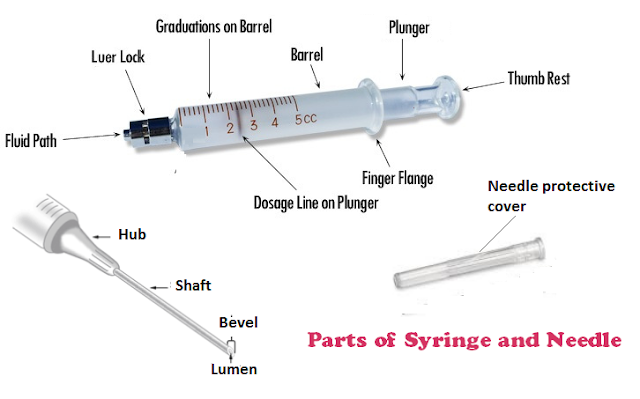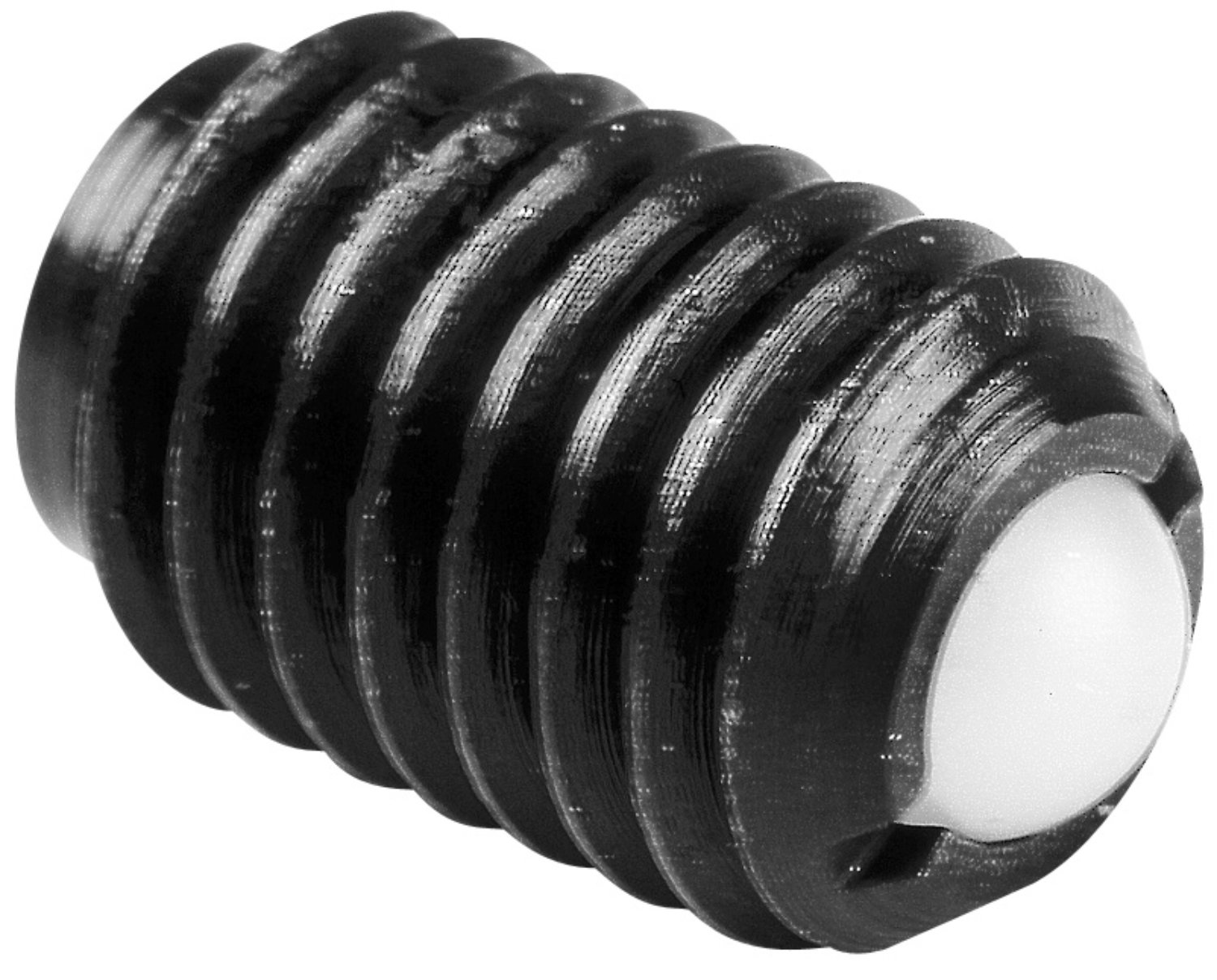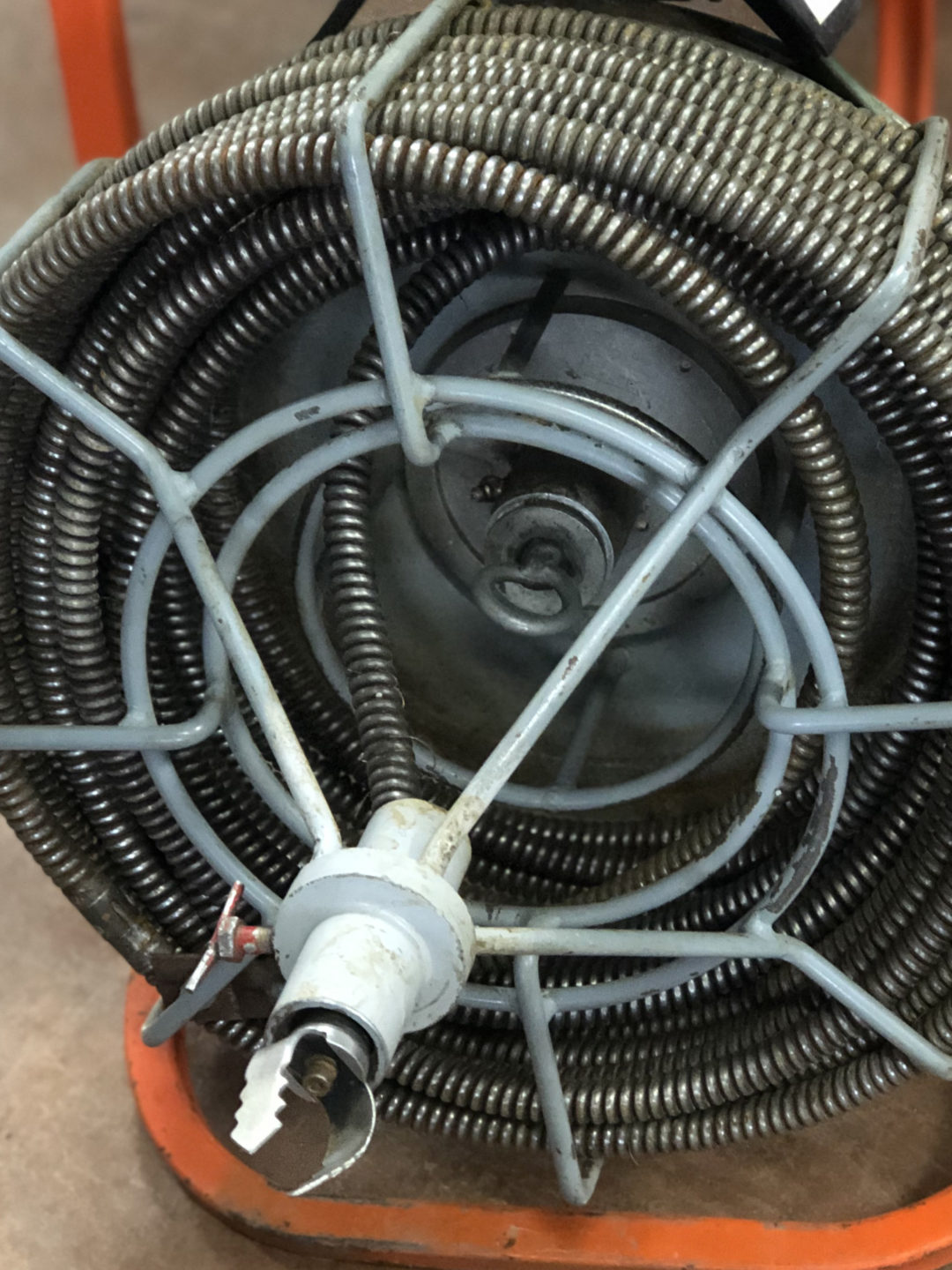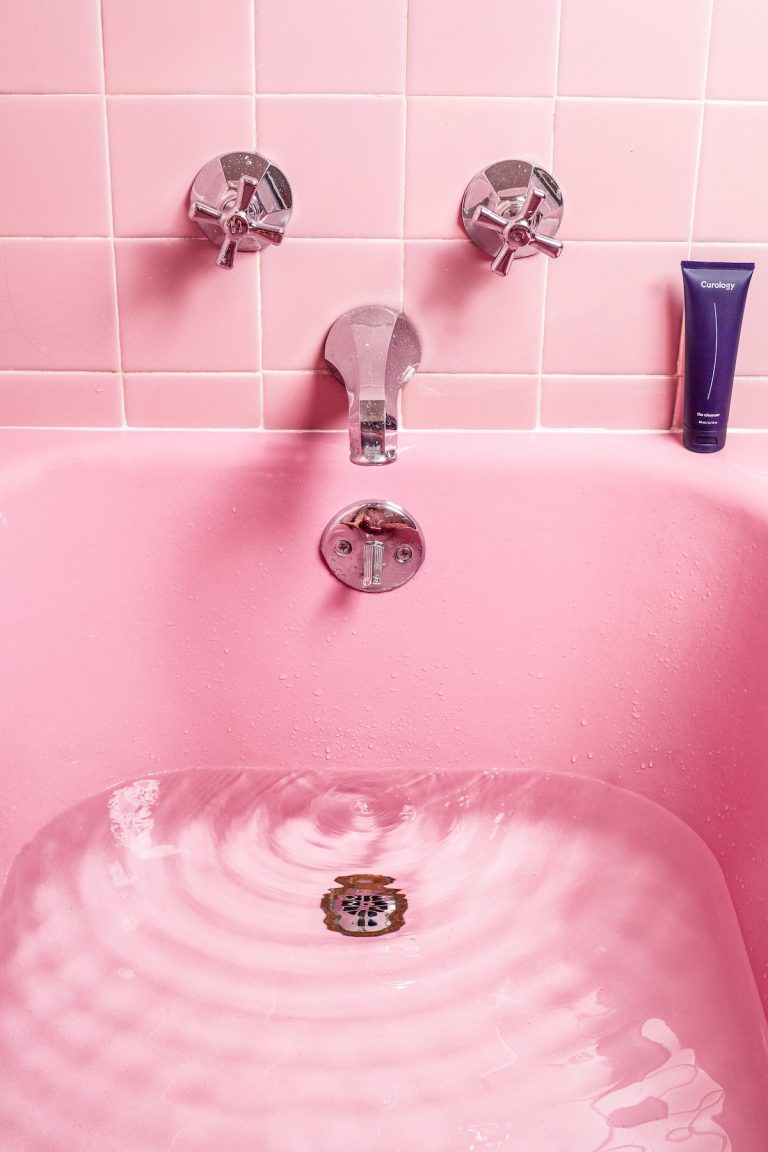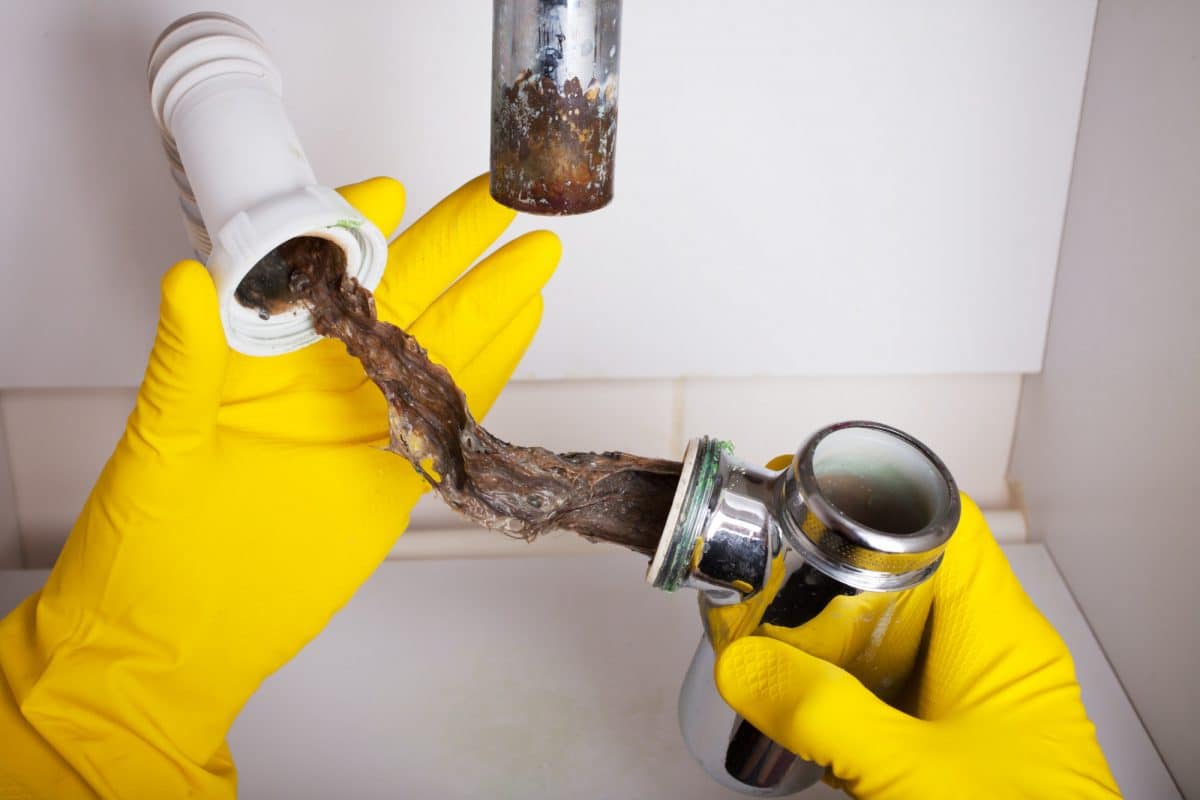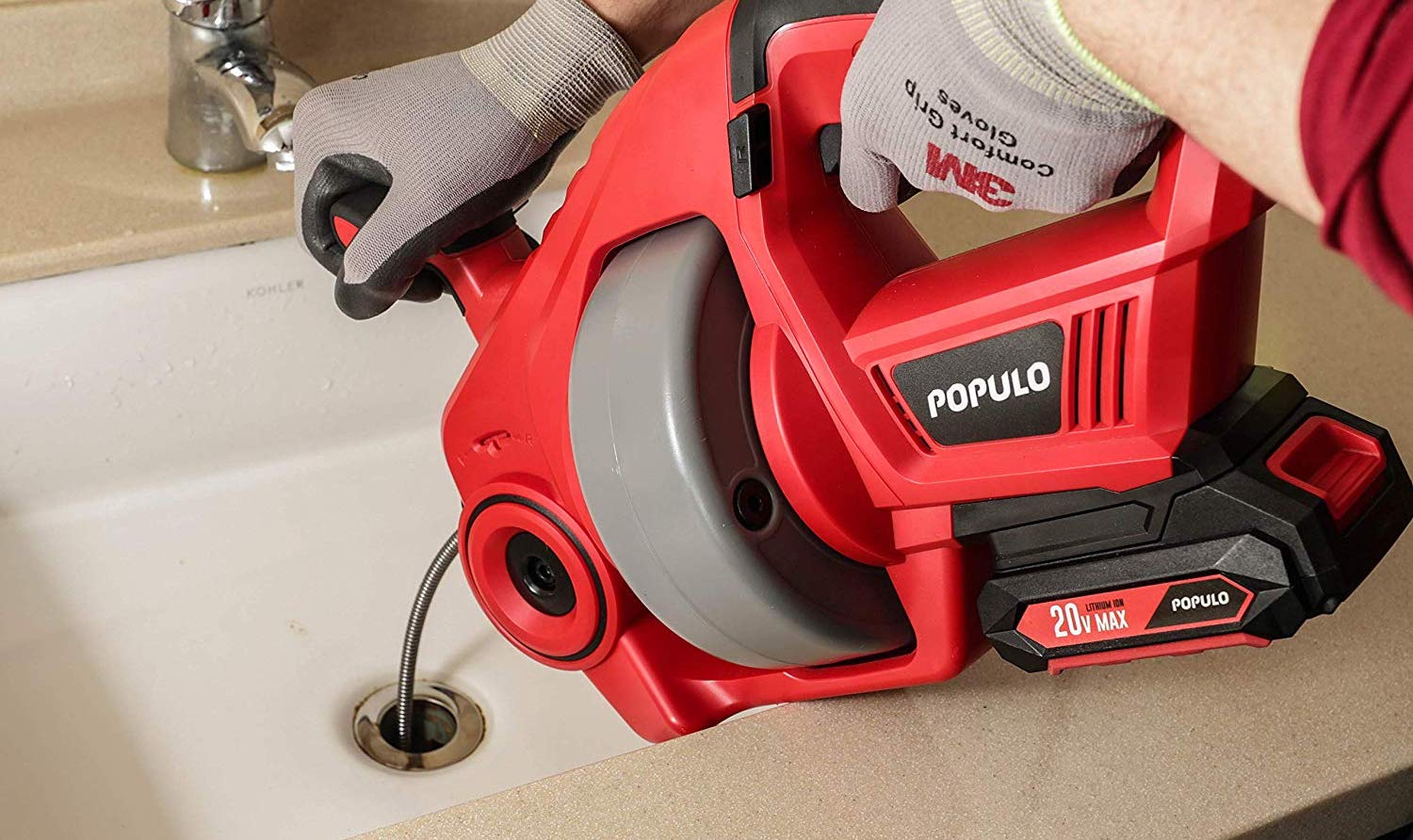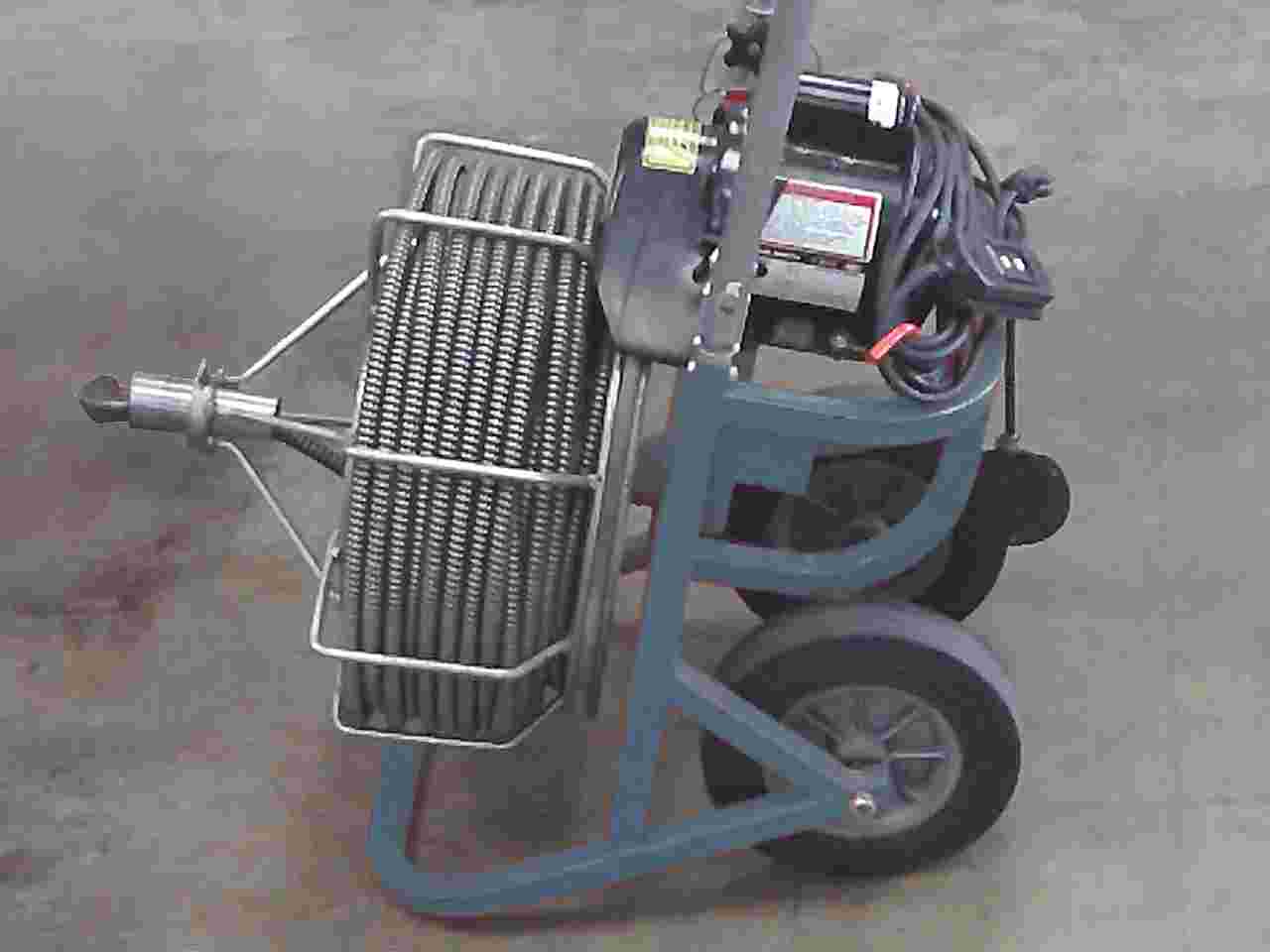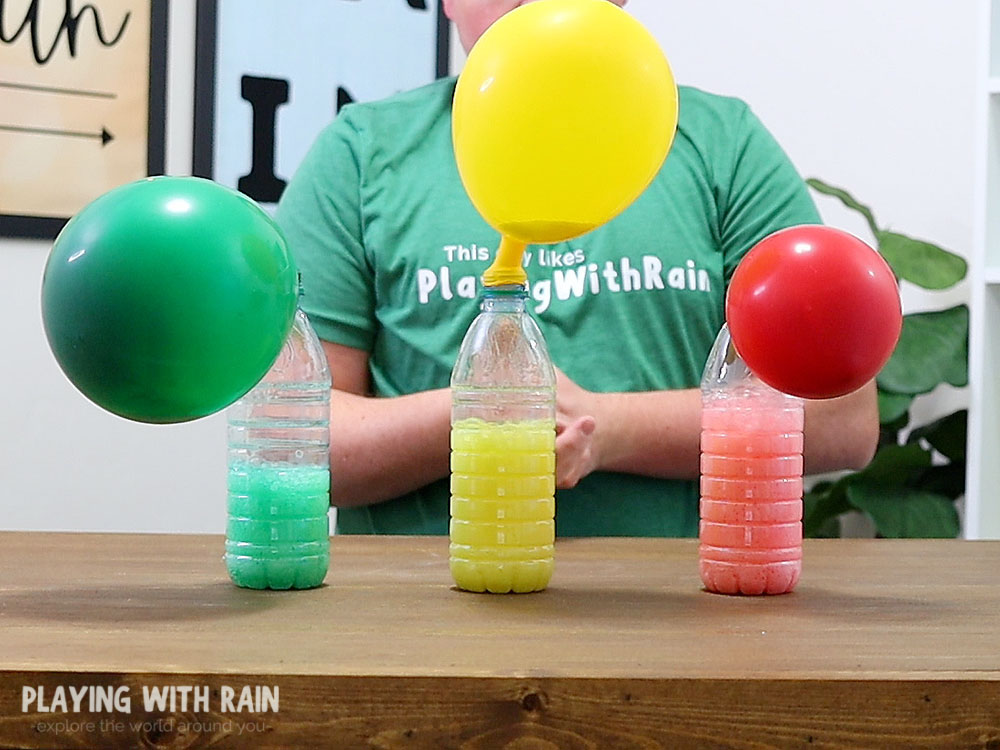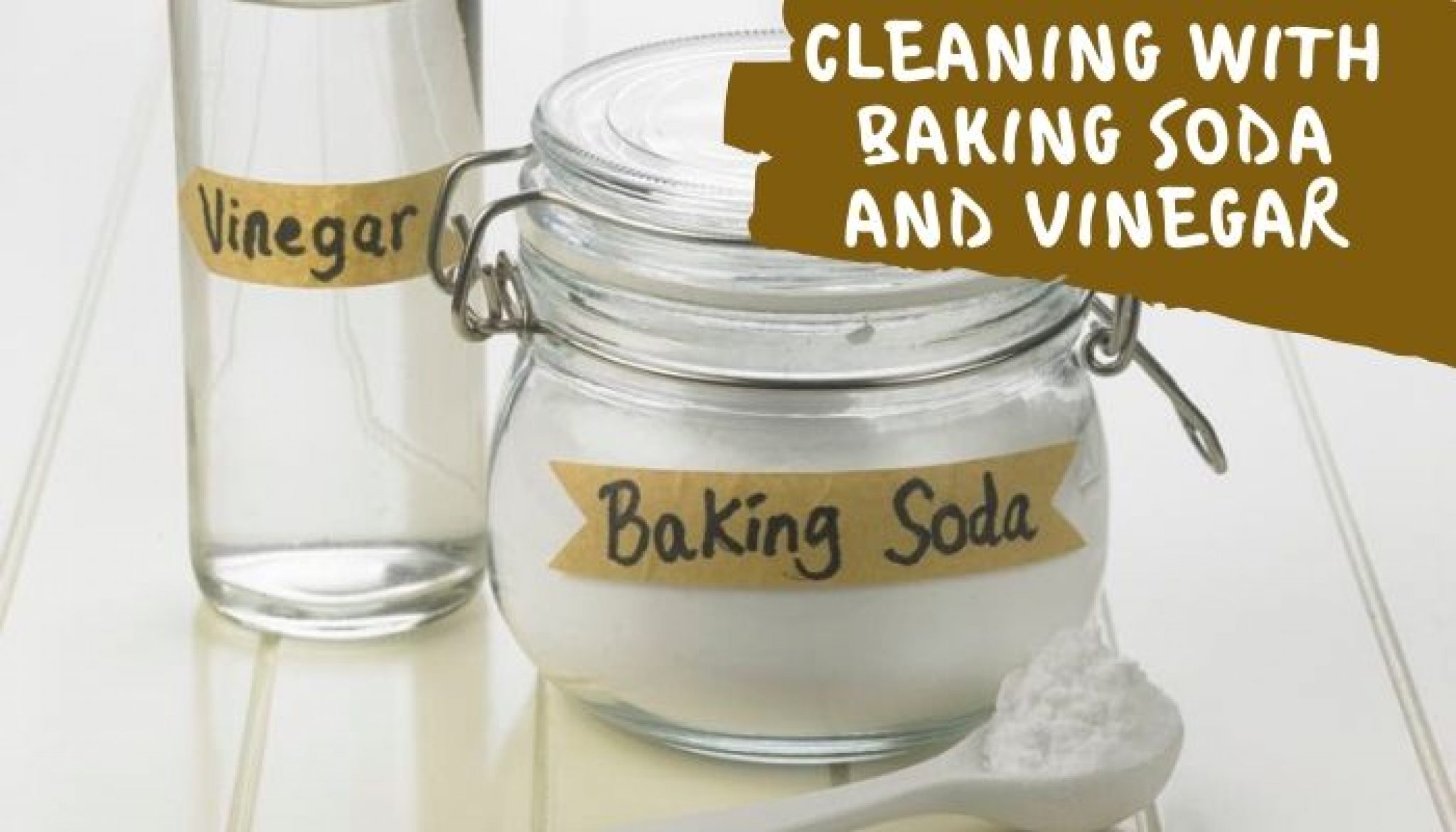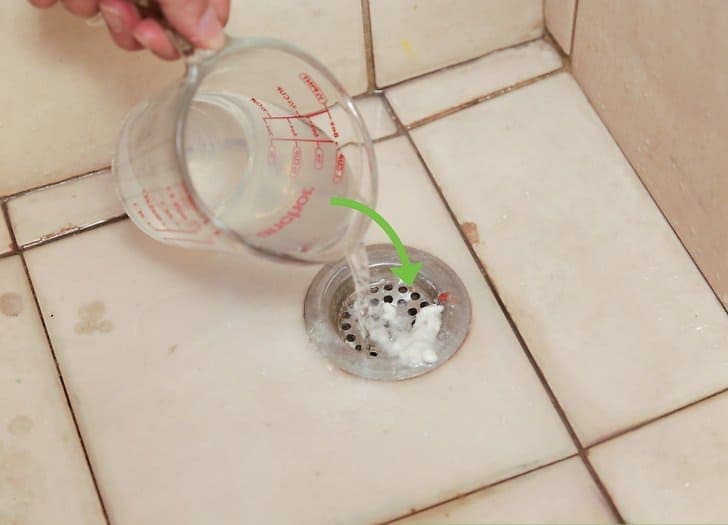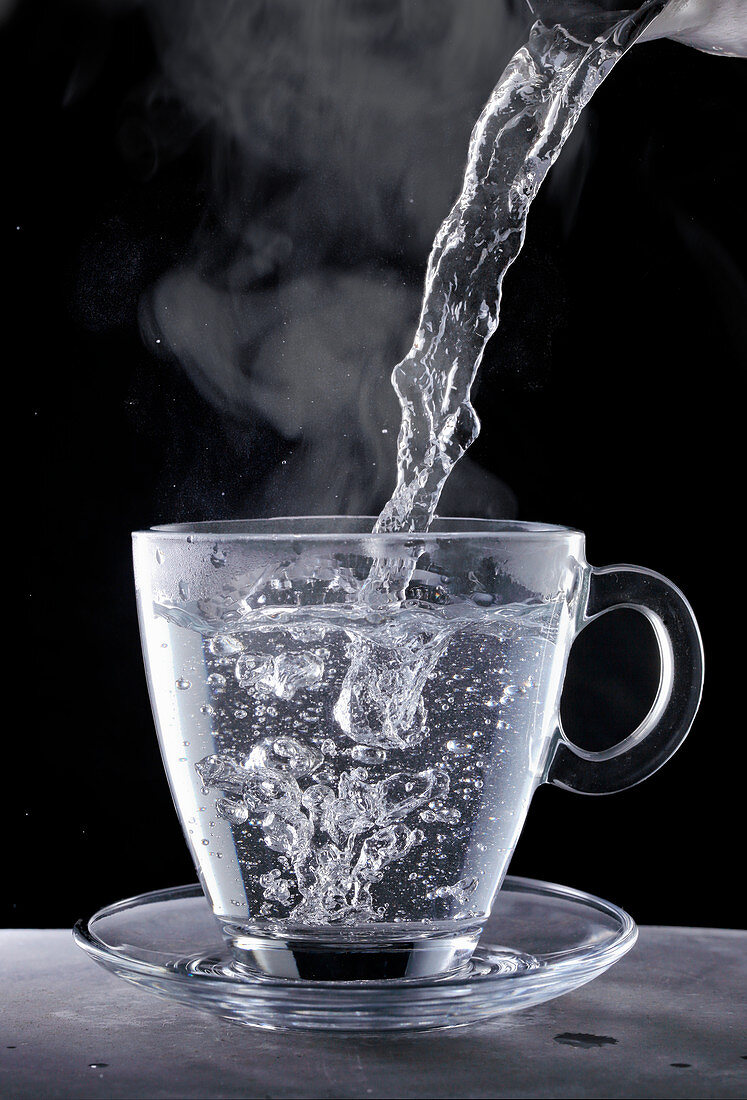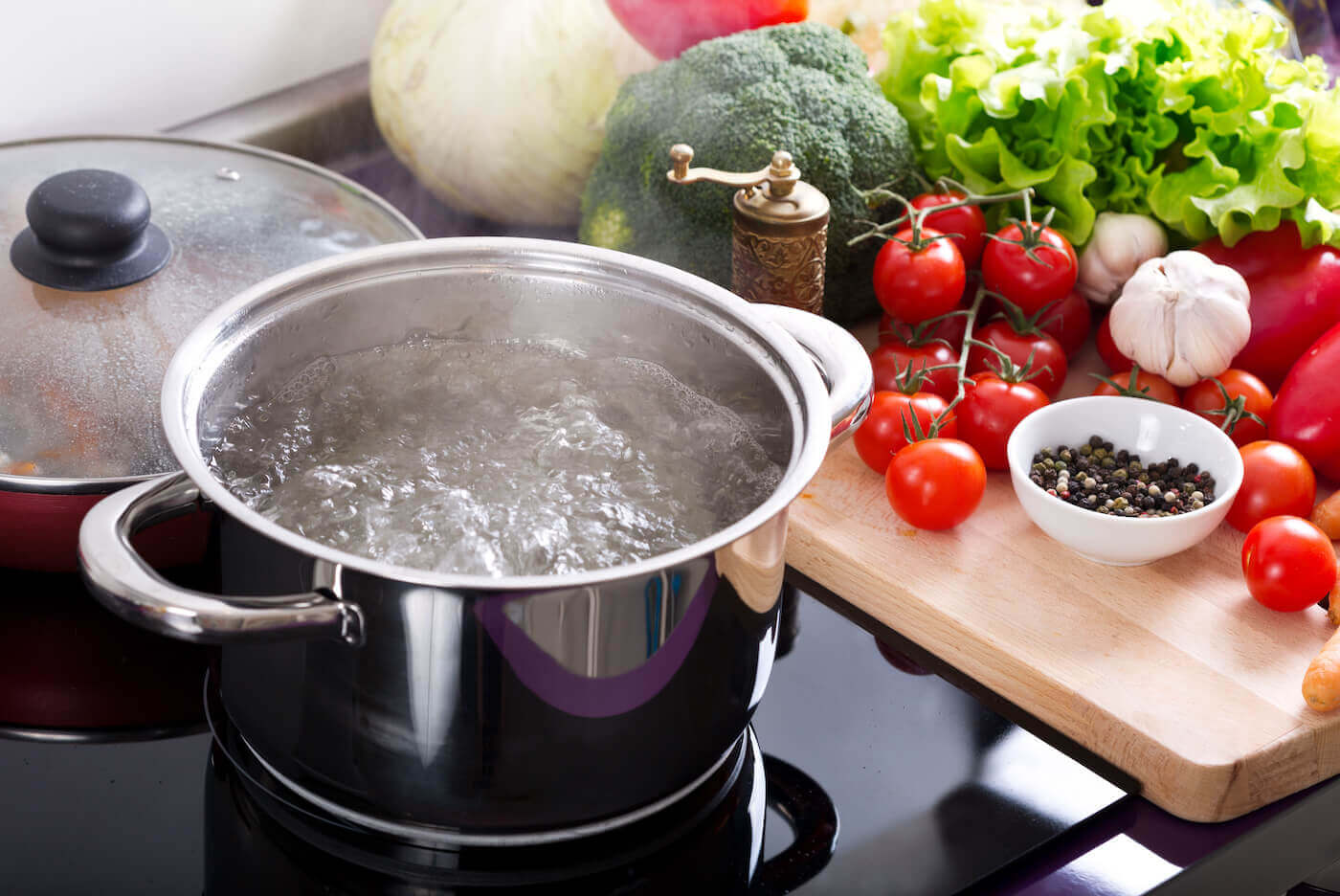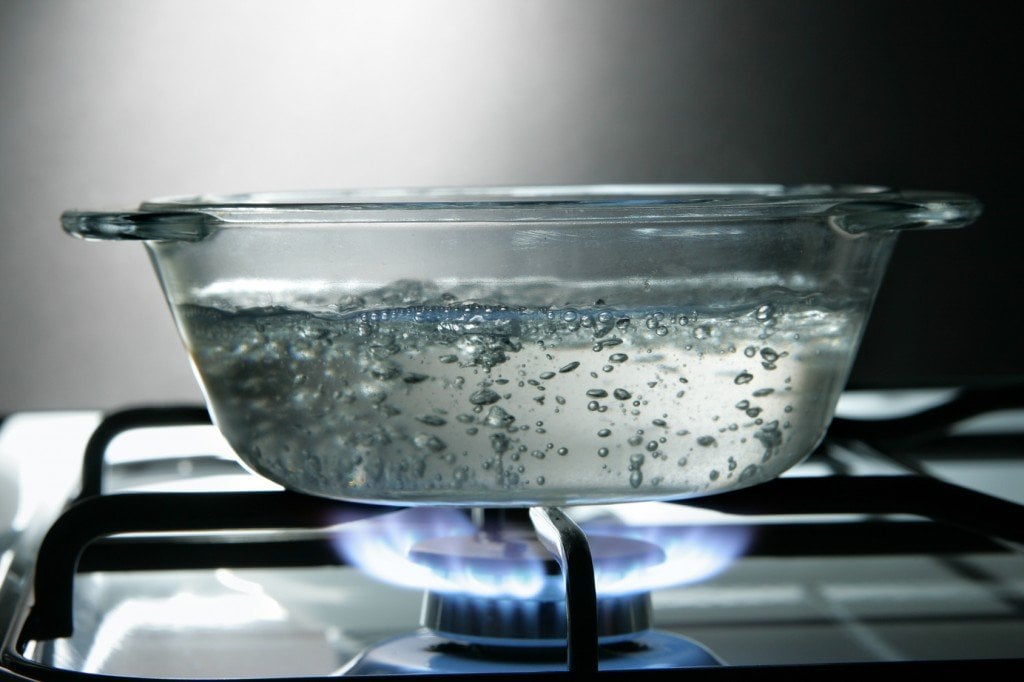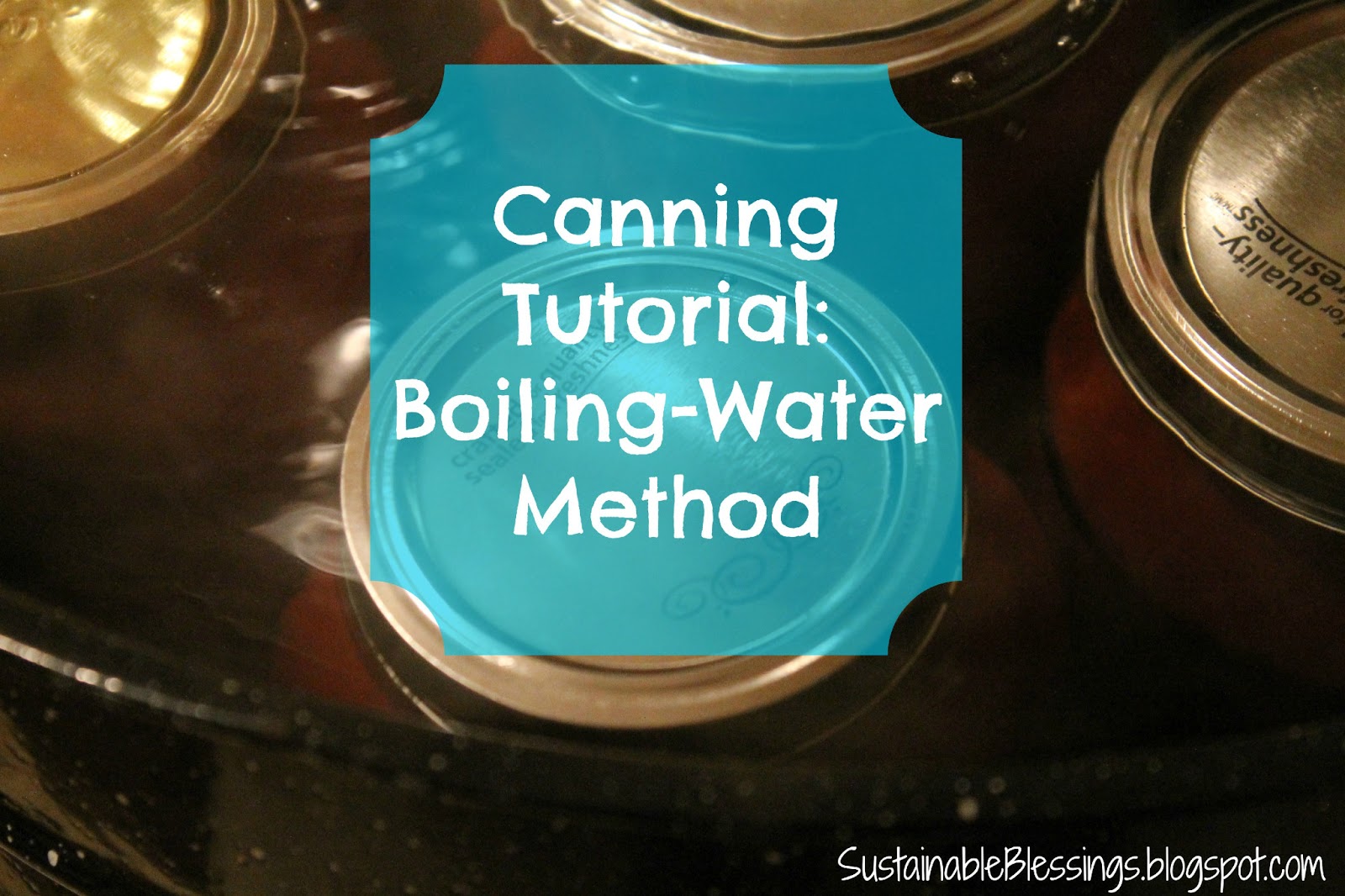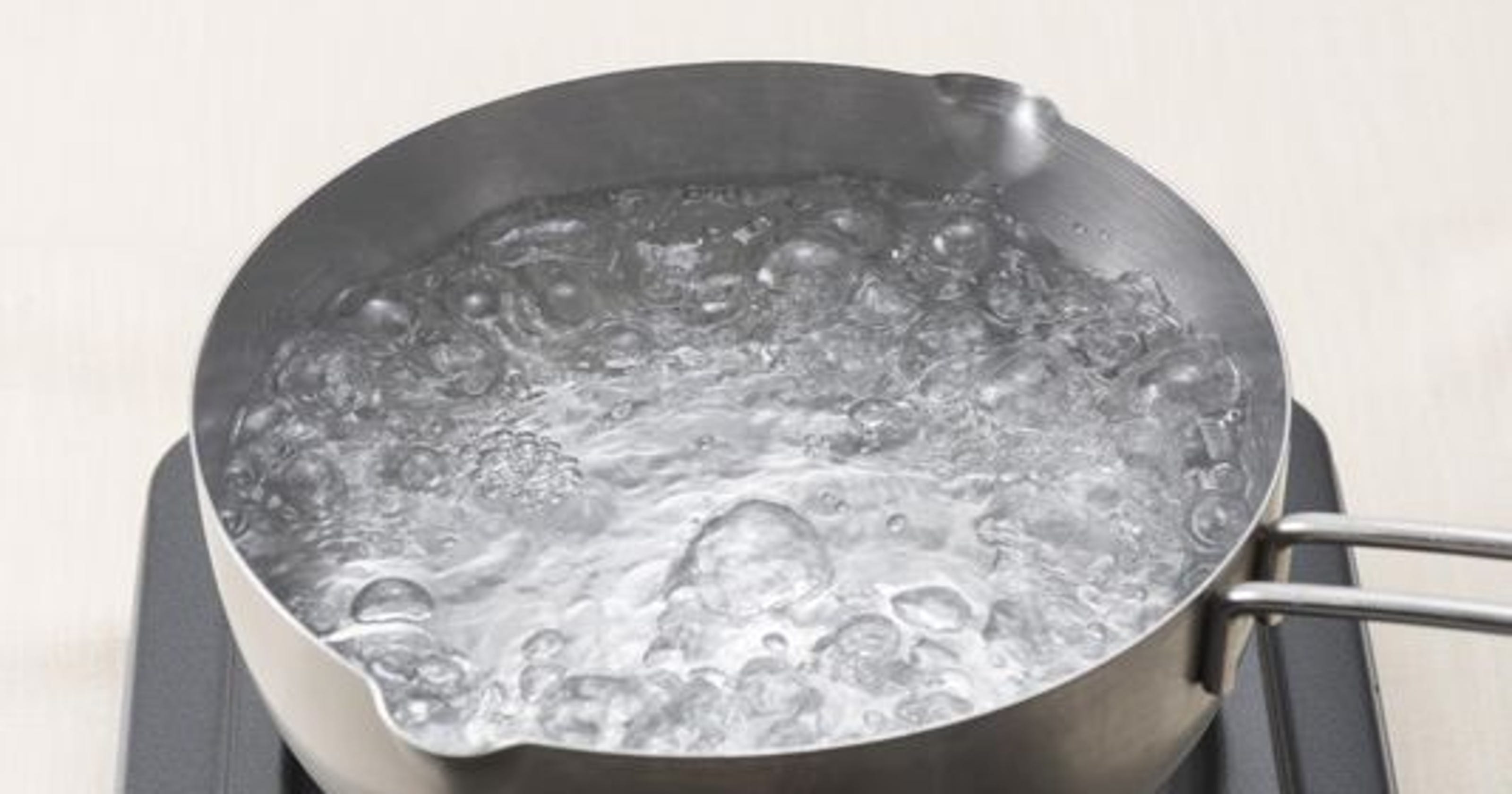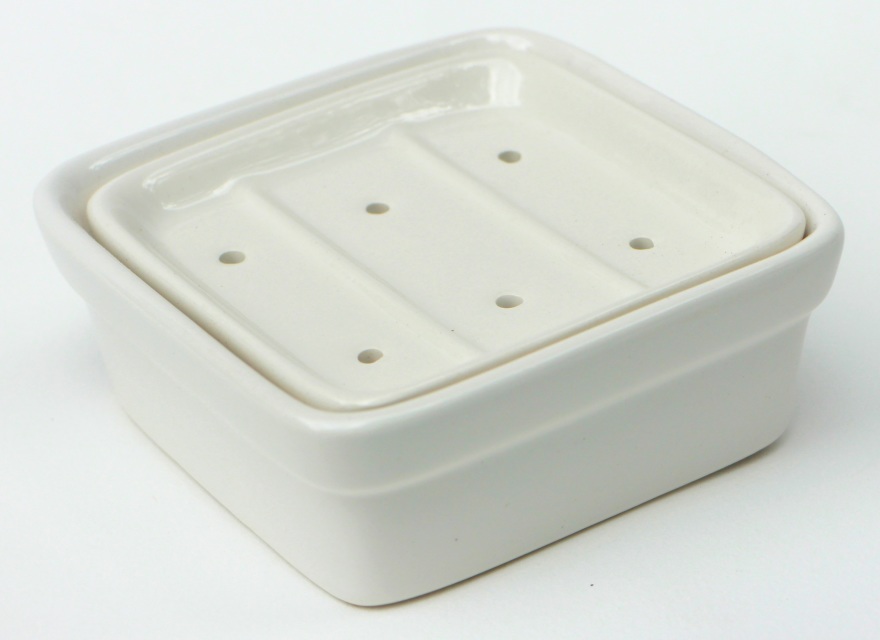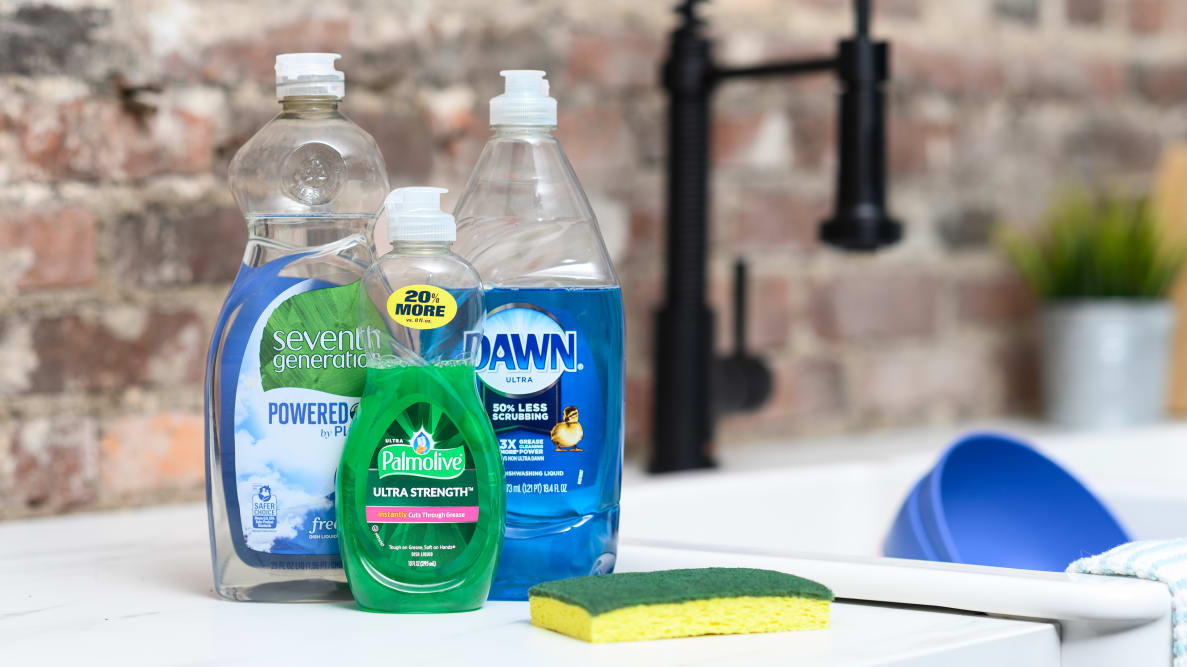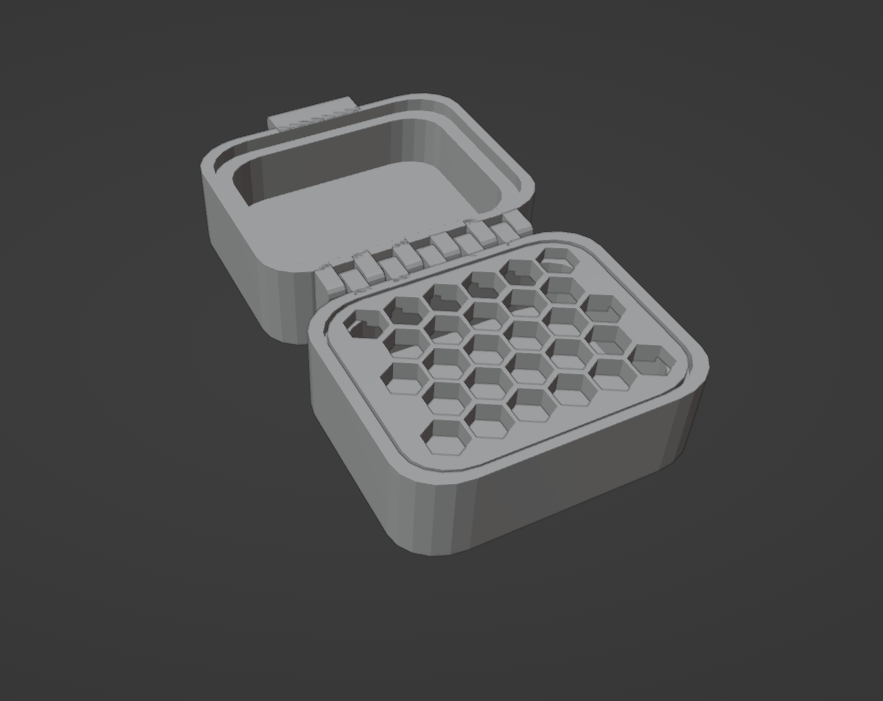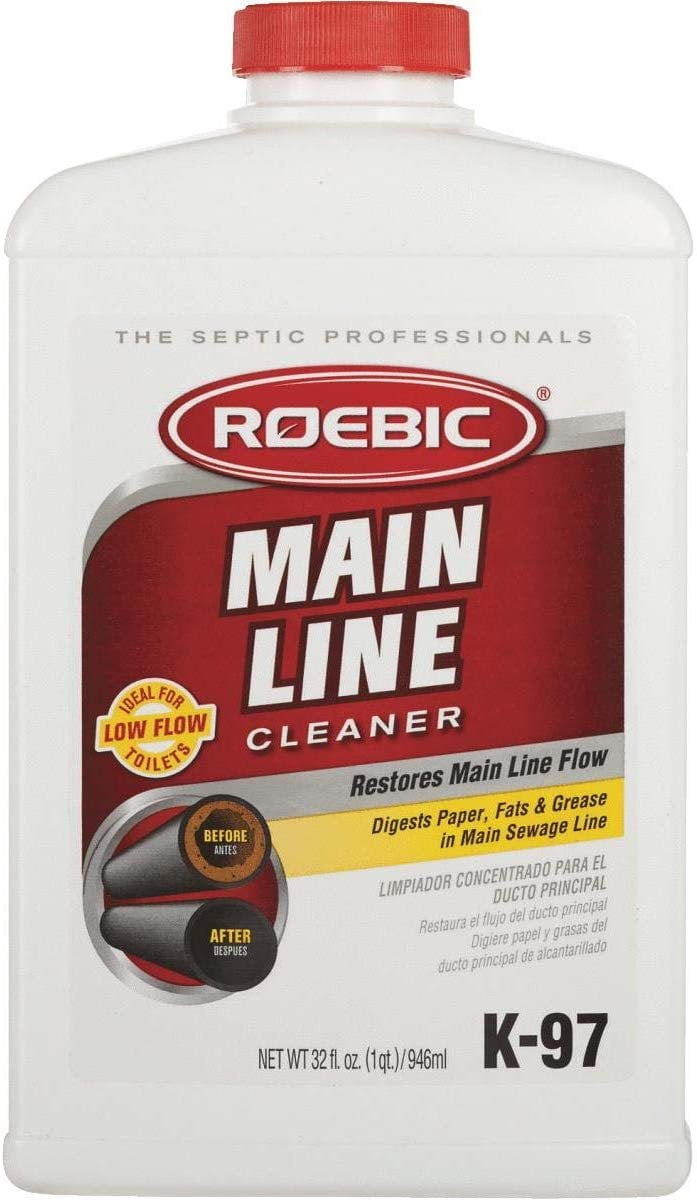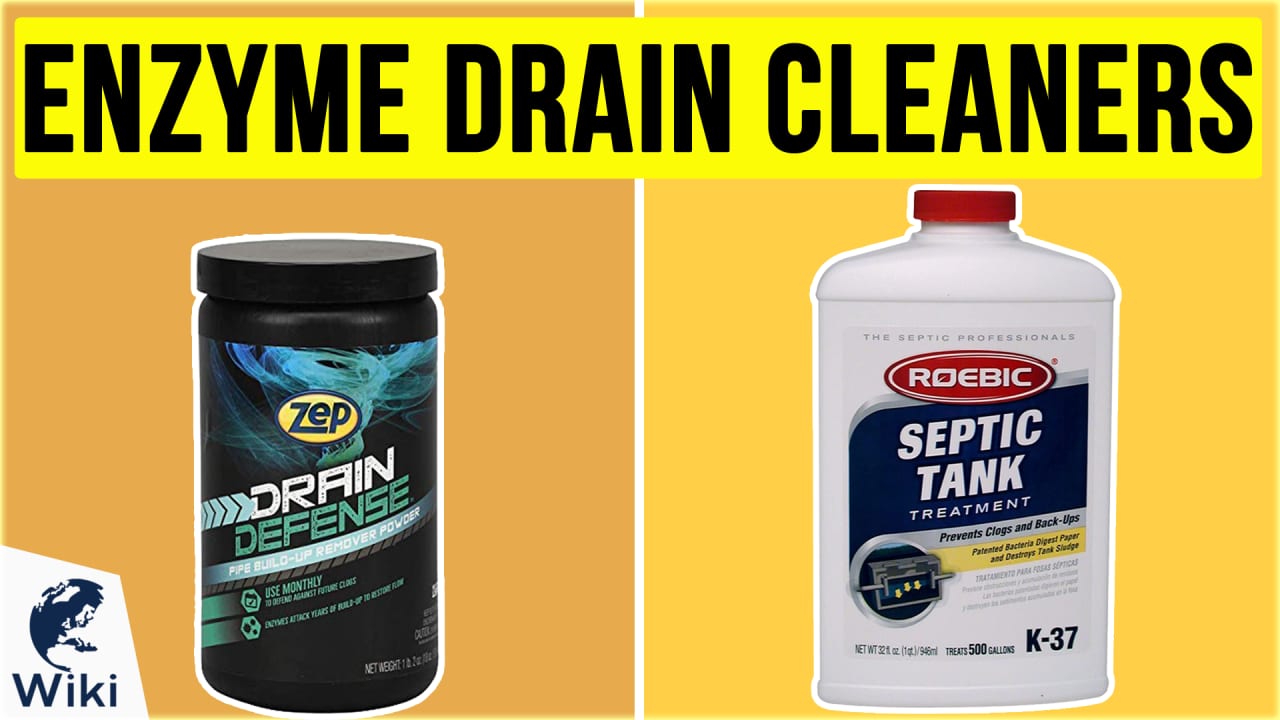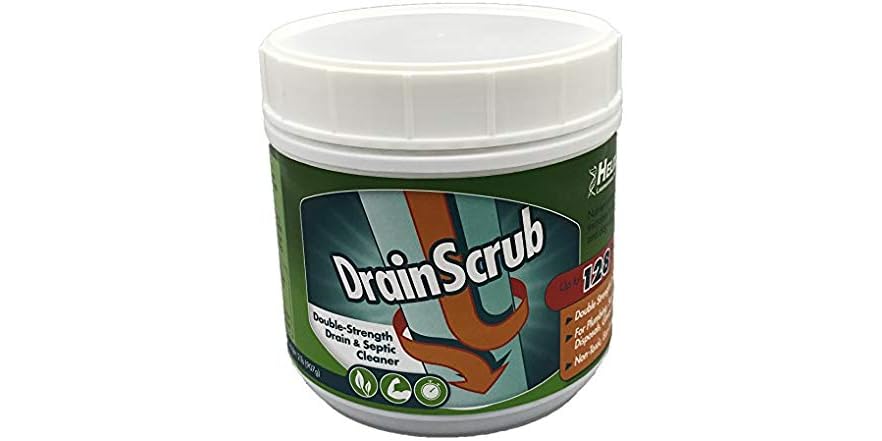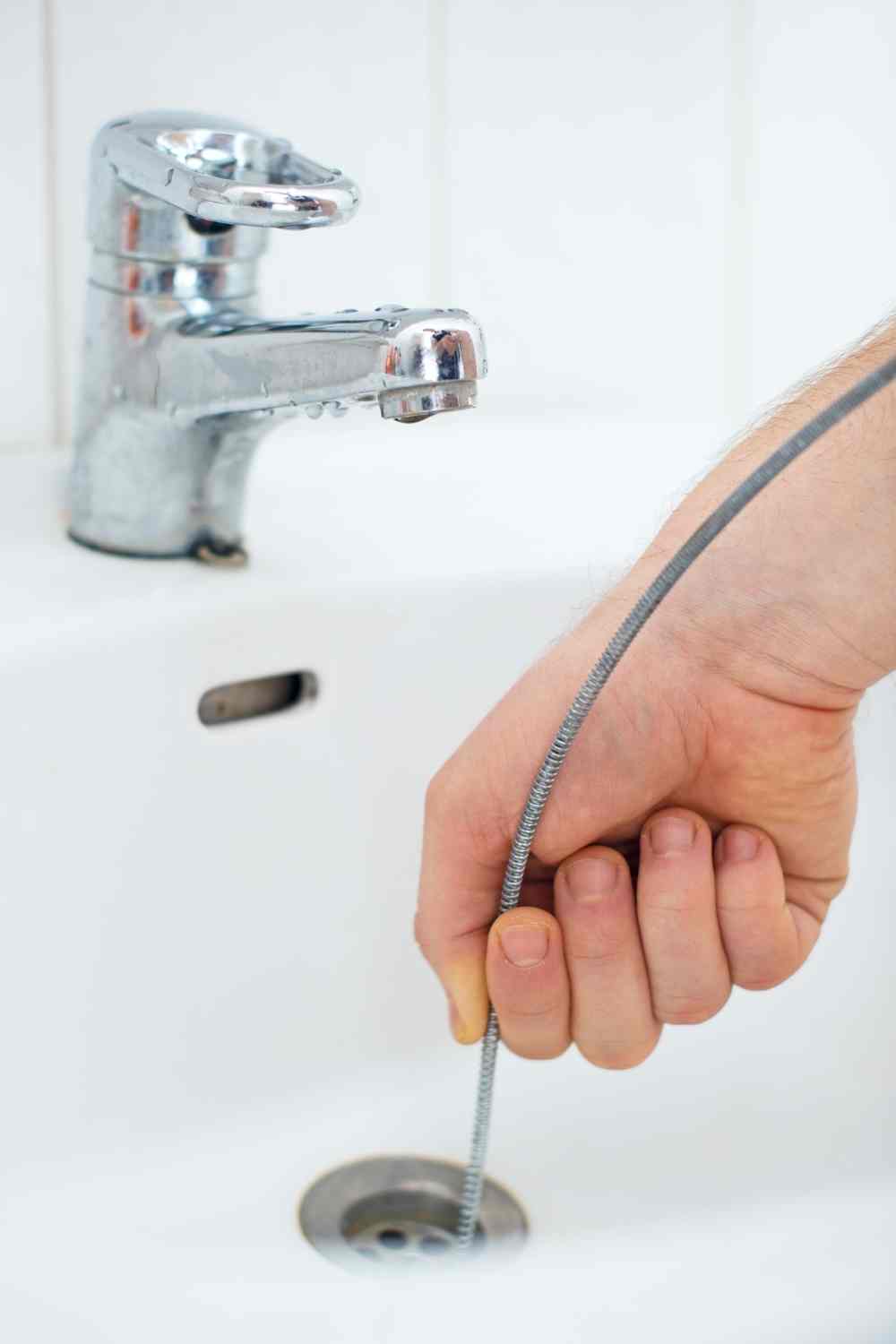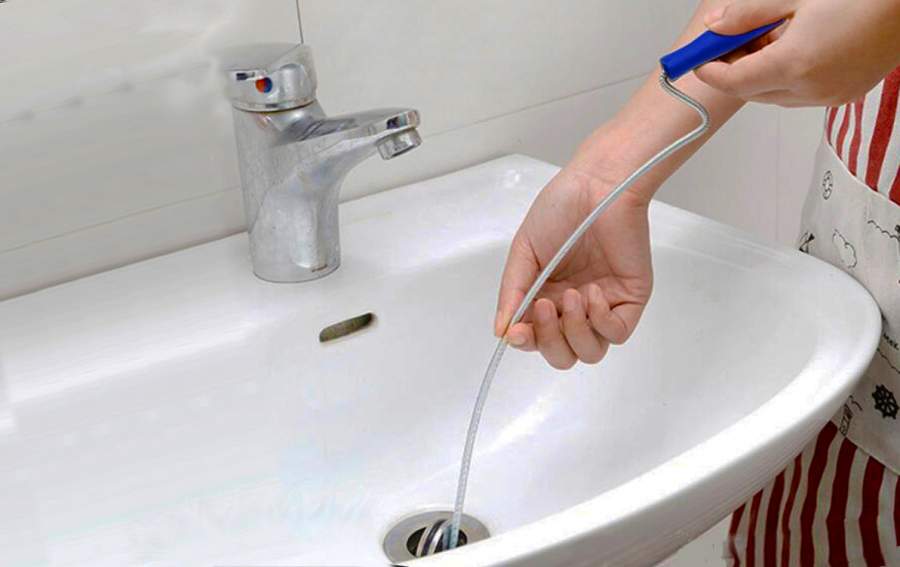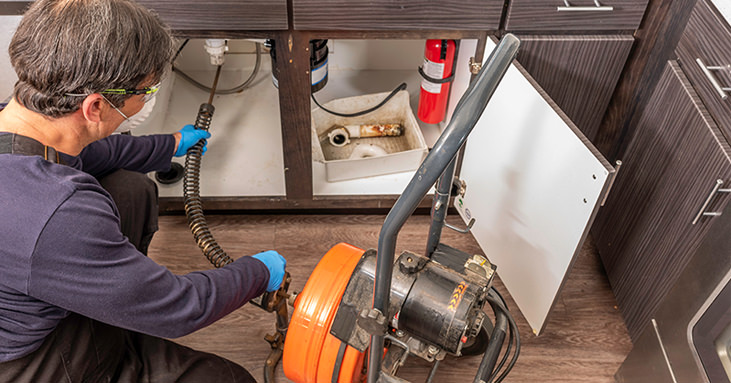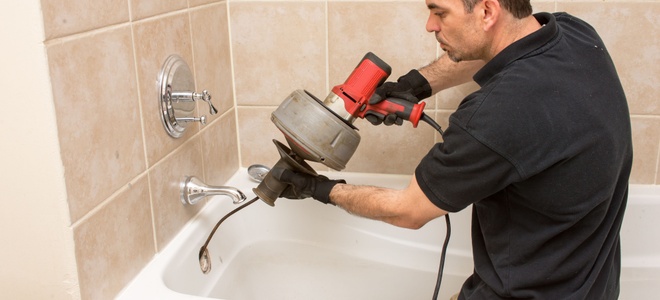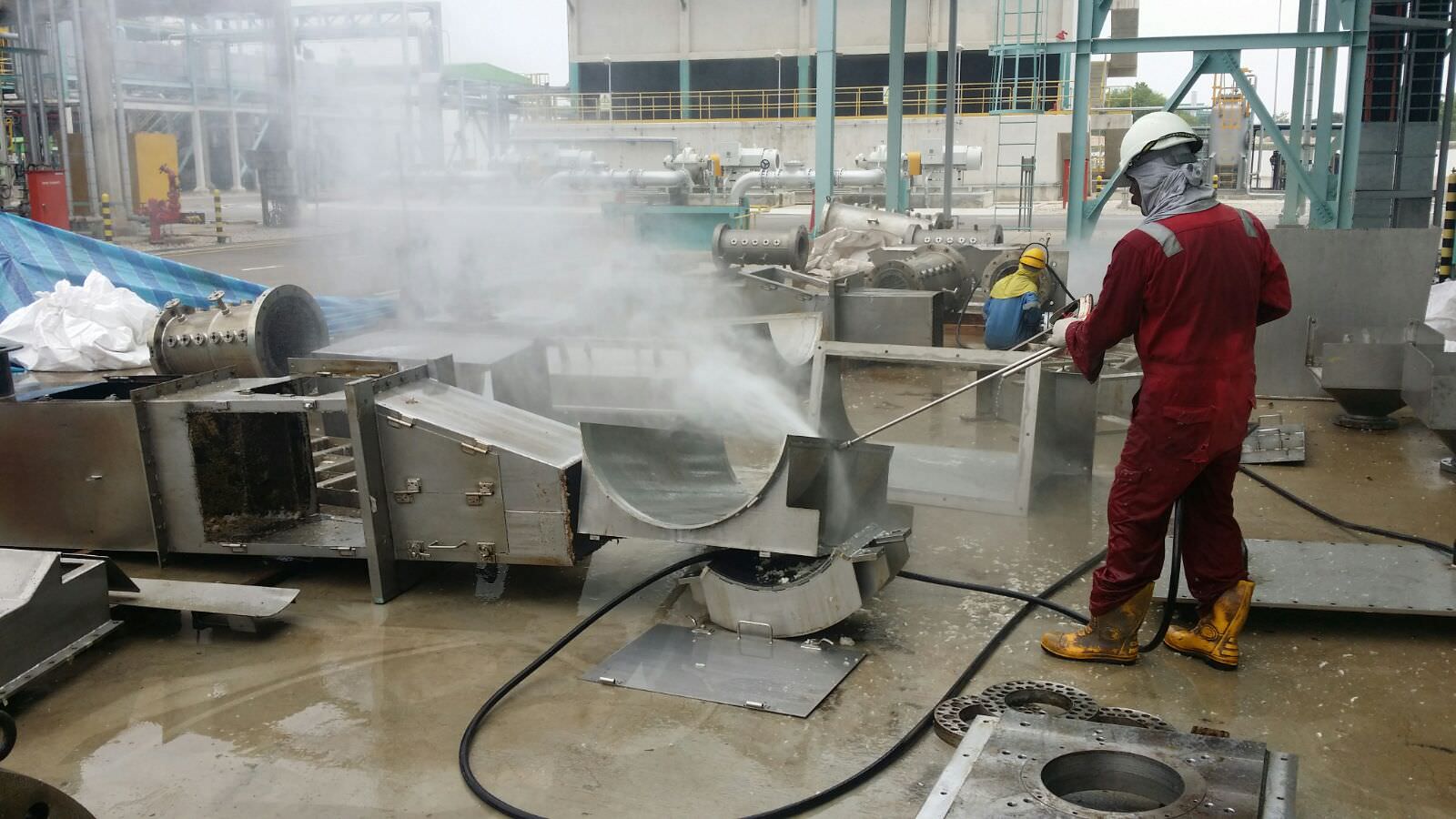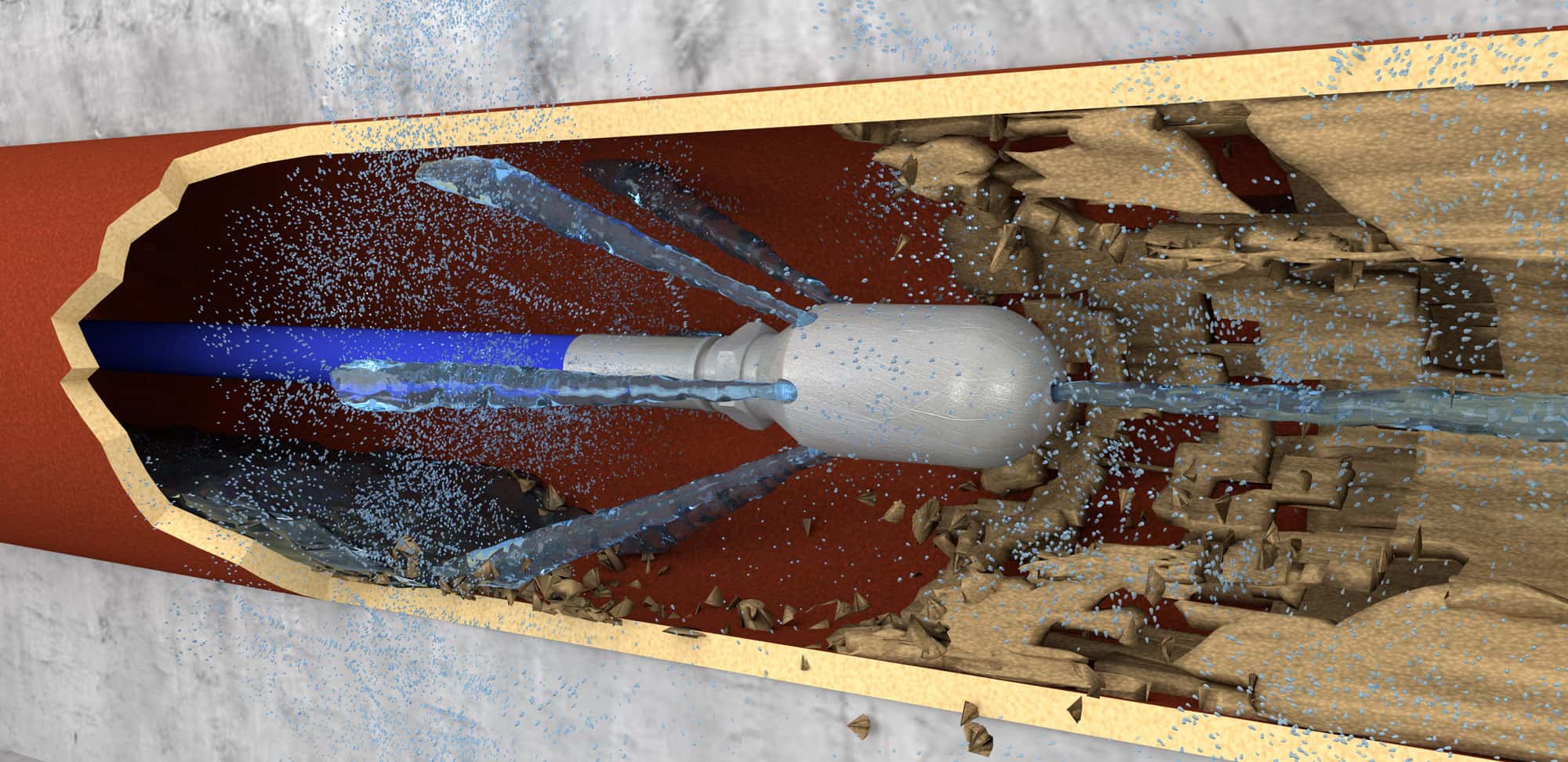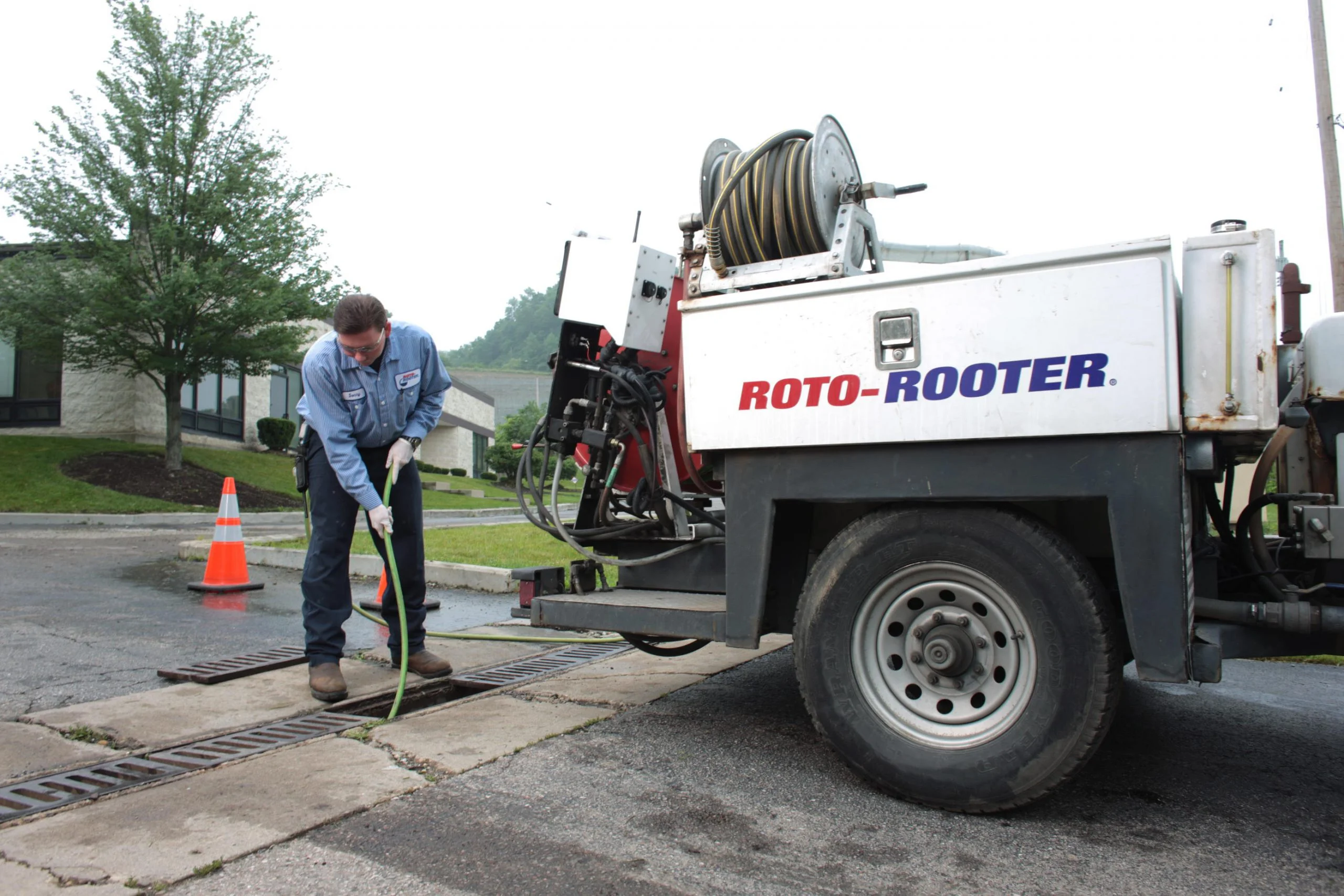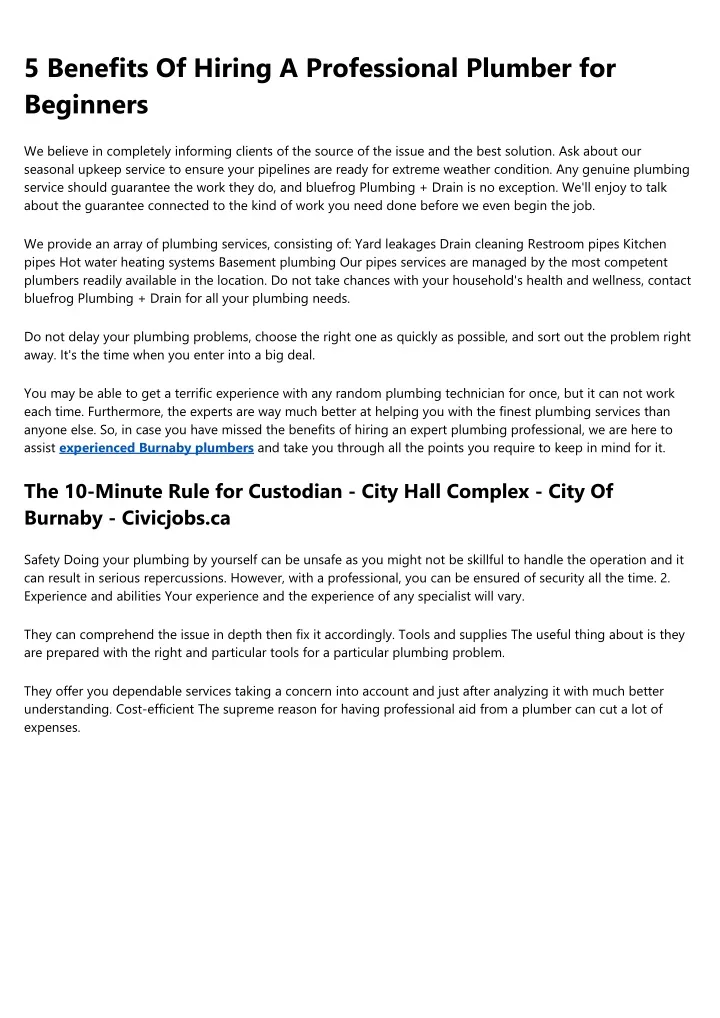When you notice that your kitchen sink is clogged but the pipes seem to be clear, the first thing you should reach for is a plunger. This trusty tool is a staple in any household and is highly effective in unclogging sinks. To use it, place the plunger over the drain and push down firmly, then pull back up. Repeat this motion several times until the clog breaks up and the water starts to drain.1. Plunger
If the plunger doesn't do the trick, the next tool to try is a drain snake. This long, flexible tool is designed to reach deep into the pipes and remove any blockages. Insert the end of the snake into the drain and twist it until you feel resistance. Then, slowly pull it out while twisting to dislodge any debris. You may need to repeat this process a few times to completely clear the clog.2. Drain Snake
An all-natural and budget-friendly solution for a clogged kitchen sink is a combination of baking soda and vinegar. Start by pouring half a cup of baking soda down the drain, followed by one cup of vinegar. Let the mixture sit for about 30 minutes, then pour a pot of boiling water down the drain. This chemical reaction will help break up the clog and clear the pipes.3. Baking Soda and Vinegar
If you don't have baking soda or vinegar on hand, simply boiling a pot of water and pouring it down the drain may do the trick. The hot water can help melt any grease or debris that is causing the clog. It's important to note that this method is only effective for minor clogs and may not work for more stubborn blockages.4. Boiling Water
Believe it or not, dish soap can also be a useful tool for unclogging a kitchen sink. This method works best for sinks that are clogged due to grease buildup. Simply pour a generous amount of dish soap down the drain, followed by hot water. The soap will act as a lubricant and help dissolve the grease, allowing it to flow down the drain.5. Dish Soap
If you have a wet/dry vacuum, it can also be a handy tool for unclogging a kitchen sink. First, set the vacuum to the wet setting and cover the vent to create suction. Place the end of the hose over the drain and turn on the vacuum. The suction should be strong enough to pull out any debris causing the clog.6. Wet/Dry Vacuum
If you prefer to use a chemical drain cleaner, opt for an enzyme-based one rather than a harsh, caustic one. Enzyme drain cleaners use natural enzymes to break down clogs without causing damage to your pipes. Follow the instructions on the product, and be sure to use gloves and goggles for protection.7. Enzyme Drain Cleaner
If a regular drain snake isn't effective, you may need to use a plumber's snake. This tool is more heavy-duty and can reach deeper into the pipes. It works by rotating the snake through the pipes to break up and remove the clog. However, if you're not experienced with using a plumber's snake, it's best to leave this task to a professional plumber.8. Plumber's Snake
If all else fails, it may be time to call in the big guns - hydro jetting. This method uses high-pressure water to blast through clogs and clear the pipes. It's a highly effective and efficient way to unclog a kitchen sink, but it's also the most expensive option. It's best to save this method as a last resort and only use it if other methods have failed.9. Hydro Jetting
If all of the above methods fail to unclog your kitchen sink, it's time to call in a professional plumber. They have the knowledge, experience, and specialized tools to handle even the toughest clogs. Plus, they can also check for any underlying issues that may be causing the frequent clogs in your kitchen sink. In conclusion, a clogged kitchen sink may seem like a daunting problem, but with the right tools and methods, it can be easily resolved. Remember to always follow safety precautions and try the less invasive methods first before resorting to harsh chemicals or professional help. With a little bit of patience and determination, you can have your kitchen sink running smoothly again in no time.10. Call a Professional Plumber
Dealing with a Clogged Kitchen Sink: Tips and Tricks

The Dreaded Clog
 We've all been there - you're in the middle of cooking a delicious meal, and suddenly, your kitchen sink refuses to drain. You try the plunger, you pour in some chemical drain cleaner, and yet, the water is still standing. You may even consider calling a plumber, but before you do, let's take a step back and assess the situation. It's possible that your kitchen sink is clogged, but the pipes are actually clear. This may sound counterintuitive, but it's a common issue that can be easily resolved with the right approach.
We've all been there - you're in the middle of cooking a delicious meal, and suddenly, your kitchen sink refuses to drain. You try the plunger, you pour in some chemical drain cleaner, and yet, the water is still standing. You may even consider calling a plumber, but before you do, let's take a step back and assess the situation. It's possible that your kitchen sink is clogged, but the pipes are actually clear. This may sound counterintuitive, but it's a common issue that can be easily resolved with the right approach.
Understanding the Problem
 So, how can your kitchen sink be clogged if the pipes are clear? Well, the culprit is most likely a blockage in the sink's drain itself. Over time, food particles, grease, and other debris can build up and create a clog. This is especially common in households that do not have a garbage disposal. Additionally, if you have a double sink, the clog may be in the shared drain between the two sinks.
So, how can your kitchen sink be clogged if the pipes are clear? Well, the culprit is most likely a blockage in the sink's drain itself. Over time, food particles, grease, and other debris can build up and create a clog. This is especially common in households that do not have a garbage disposal. Additionally, if you have a double sink, the clog may be in the shared drain between the two sinks.
Unclogging the Sink
 Now that we know the problem, it's time to tackle it. First, try using a plunger to dislodge the clog. Make sure to cover the other drain with a wet cloth to create a seal and focus the pressure on the clogged sink. If that doesn't work, you can try using a drain snake or a bent wire hanger to manually remove the blockage. Just be careful not to damage the pipes in the process.
If these DIY methods don't do the trick, it's time to bring out the big guns - a chemical drain cleaner. However, be cautious when using these products as they can be harmful to both you and your pipes. Make sure to follow the instructions carefully and wear protective gear.
Now that we know the problem, it's time to tackle it. First, try using a plunger to dislodge the clog. Make sure to cover the other drain with a wet cloth to create a seal and focus the pressure on the clogged sink. If that doesn't work, you can try using a drain snake or a bent wire hanger to manually remove the blockage. Just be careful not to damage the pipes in the process.
If these DIY methods don't do the trick, it's time to bring out the big guns - a chemical drain cleaner. However, be cautious when using these products as they can be harmful to both you and your pipes. Make sure to follow the instructions carefully and wear protective gear.
Preventing Future Clogs
 To avoid dealing with a clogged kitchen sink in the future, there are a few preventative measures you can take. First, make sure to regularly clean out your sink's drain with a mixture of baking soda and vinegar. This will help break down any buildup and keep your drain clear. Additionally, avoid pouring grease and other oils down the drain, as they can solidify and cause clogs. Finally, invest in a good quality drain strainer to catch any food particles before they can make their way into the drain.
To avoid dealing with a clogged kitchen sink in the future, there are a few preventative measures you can take. First, make sure to regularly clean out your sink's drain with a mixture of baking soda and vinegar. This will help break down any buildup and keep your drain clear. Additionally, avoid pouring grease and other oils down the drain, as they can solidify and cause clogs. Finally, invest in a good quality drain strainer to catch any food particles before they can make their way into the drain.
Conclusion
 In conclusion, a clogged kitchen sink can be a frustrating issue to deal with. However, by understanding the root cause and using the right techniques, you can easily unclog your sink and prevent future clogs. Remember to always be cautious when using chemical drain cleaners and to take preventative measures to keep your sink clear. With these tips and tricks, you'll have a smoothly running kitchen sink in no time.
In conclusion, a clogged kitchen sink can be a frustrating issue to deal with. However, by understanding the root cause and using the right techniques, you can easily unclog your sink and prevent future clogs. Remember to always be cautious when using chemical drain cleaners and to take preventative measures to keep your sink clear. With these tips and tricks, you'll have a smoothly running kitchen sink in no time.
